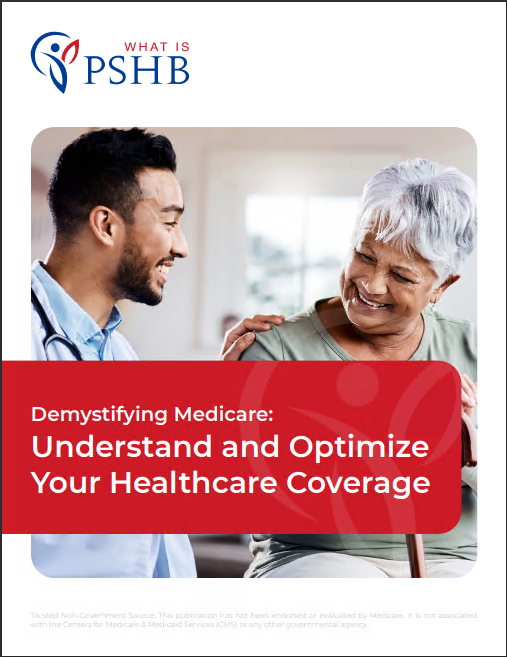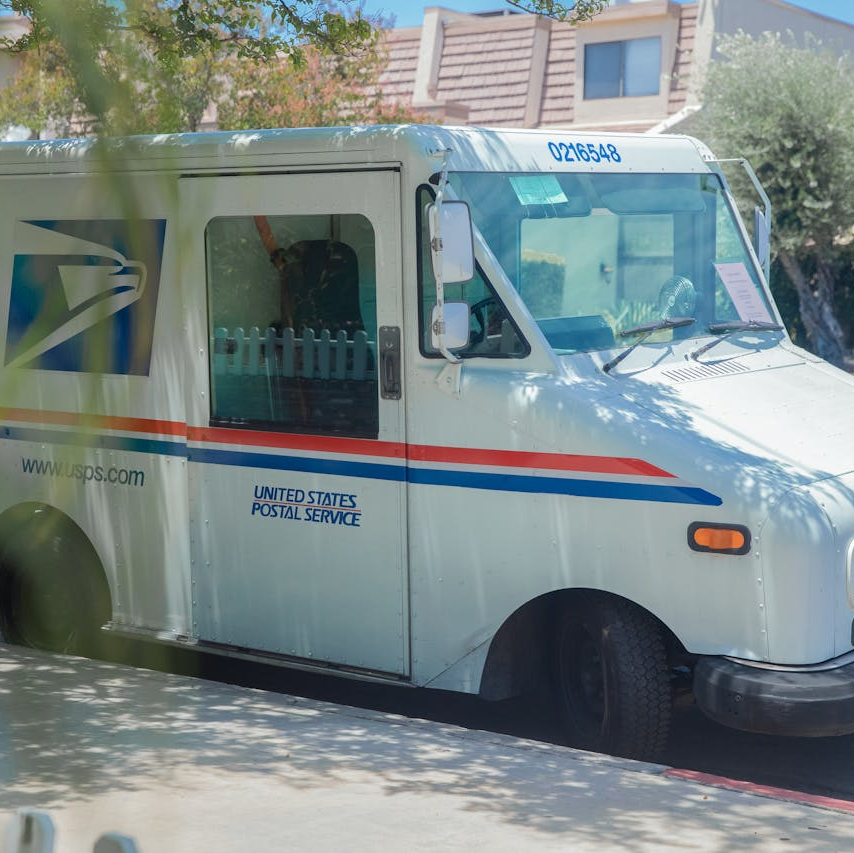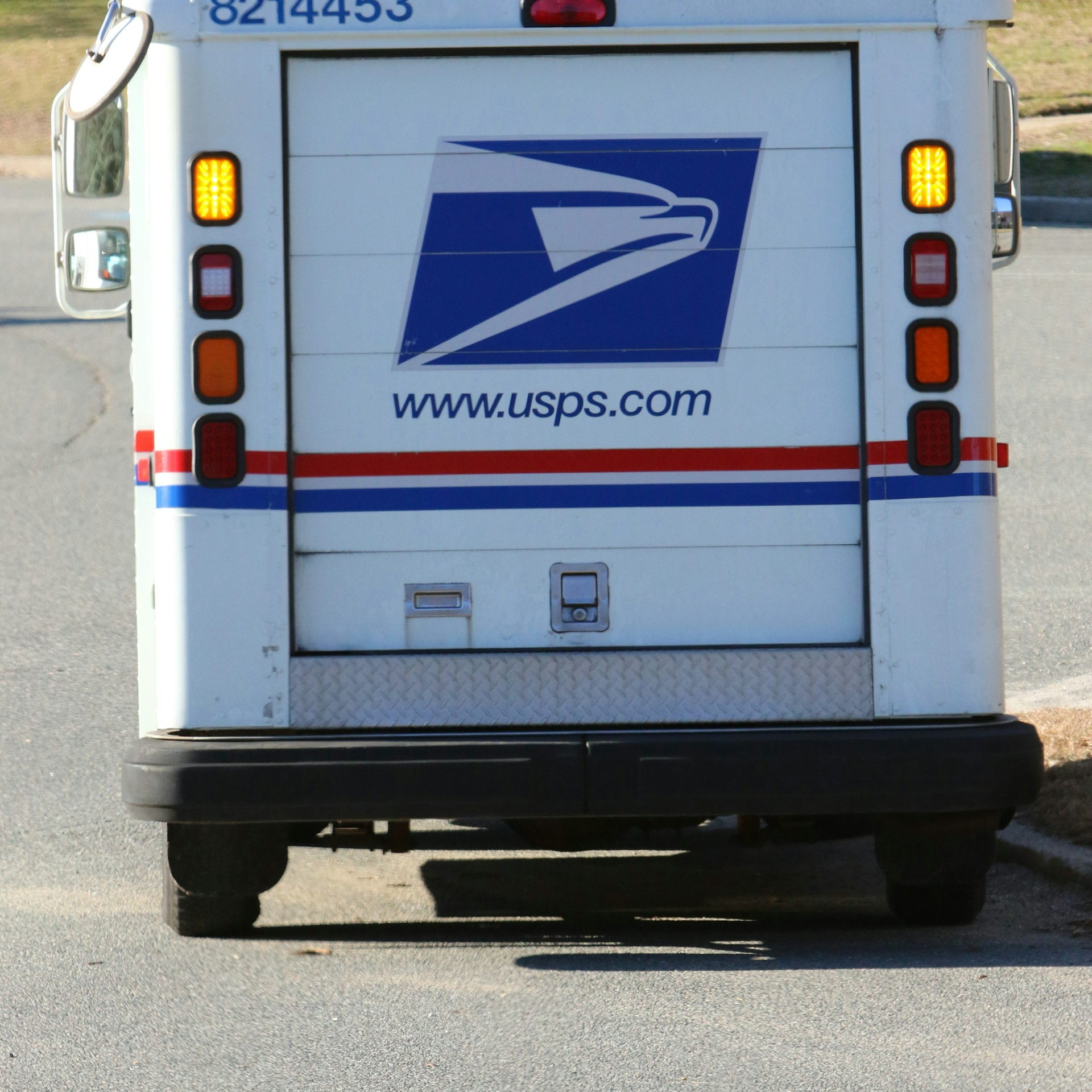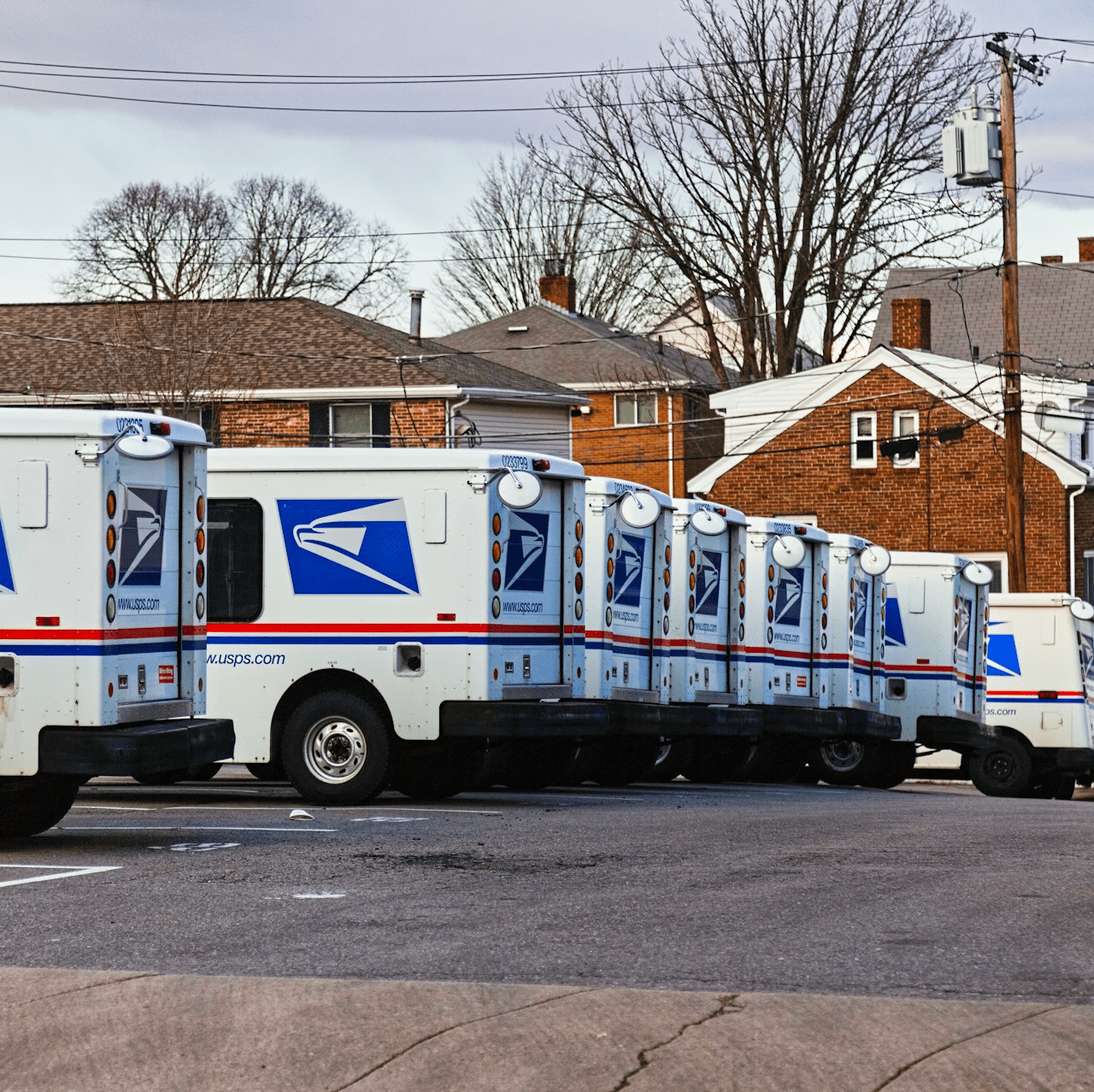Key Takeaways
- The Postal Service Health Benefits (PSHB) program, launching January 1, 2025, replaces the Federal Employees Health Benefits (FEHB) program for USPS employees and retirees.
- Open Season for USPS employees to review, adjust, or enroll in the PSHB program is from November 11, 2024, to December 9, 2024.
PSHB Is Coming—What Does It Mean for You?
If you’re a USPS employee or retiree, the 2024 Open Season is the time to reassess your health coverage. Starting on January 1, 2025, the Postal Service Health Benefits (PSHB) program will officially replace the Federal Employees Health Benefits (FEHB) program. This shift stems from the Postal Service Reform Act of 2022, a law aimed at stabilizing healthcare coverage for USPS employees and retirees.
Though the move to PSHB may sound like a big change, it’s actually designed to make your transition as smooth as possible. Many aspects of your coverage will remain the same, but this Open Season is your opportunity to take stock of your health needs for 2025 and make sure your plan fits your lifestyle.
What’s Staying the Same?
While switching from FEHB to PSHB is significant, don’t worry—some important things aren’t changing. For instance, dental and vision benefits through the Federal Employees Dental and Vision Insurance Program (FEDVIP) will continue as usual. You’ll still have access to dental exams, cleanings, and prescription eyewear, just like you do now. If you’re enrolled in FEDVIP, you can rest easy knowing that these benefits are unaffected.
In fact, even during this Open Season, you’ll have the opportunity to review and adjust your FEDVIP coverage along with your PSHB health plan. So, if you’ve been thinking about switching up your dental or vision insurance, now is the time to check your options.
Open Season: Mark the Dates
The 2024 Open Season runs from November 11 through December 9, 2024. This is the period where you can review your current health plans, compare new options, and make any changes or adjustments to fit your healthcare needs for the year ahead. If you’re already satisfied with your coverage, you don’t have to do anything—your transition from FEHB to PSHB will be automatic. However, taking a moment to look at your options might save you money or better align your coverage with your evolving needs.
With healthcare costs rising in many areas, now is a smart time to assess your plan. You might find that switching to a different PSHB plan could offer better savings, whether that’s in monthly premiums, deductibles, or prescription costs.
Understanding the PSHB Premiums for 2025
Let’s talk costs for a moment. With PSHB, you’ll still enjoy a significant government contribution towards your health plan premiums—about 72%, leaving you to cover roughly 28%. Here’s a snapshot of what average premiums will look like for 2025:
- Self Only: Total premium: $397.35 biweekly, with $111.26 being your contribution.
- Self Plus One: Total premium: $858.89 biweekly, with $240.49 as your share.
- Self and Family: Total premium: $934.65 biweekly, with $261.70 as your part.
These premiums are broken down based on 26 pay periods per year. For those on the Self Only plan, the annual cost will be approximately $2,892.76. Meanwhile, Self Plus One will run you about $6,252.74 annually, and for Self and Family, you’re looking at $6,804.20 annually.
Medicare Part B: What You Need to Know
One important change coming with PSHB involves Medicare Part B. If you retire on or before January 1, 2025, you don’t have to worry about enrolling in Part B to maintain your PSHB coverage. However, if you retire after January 1, 2025, things are a bit different. Once you’re eligible for Medicare (typically at age 65), you’ll need to enroll in Medicare Part B to keep your PSHB plan.
This requirement also extends to family members covered under your plan. There are some exceptions, though—such as if you live outside the U.S., receive care through the Department of Veterans Affairs (VA), or get services from Indian Health Services (IHS).
If Medicare Part B is in your future, be sure to consider how this will affect your out-of-pocket costs and overall healthcare strategy. Many PSHB plans offer additional savings to those enrolled in Part B, which could help offset your premiums or reduce costs like deductibles.
Plan Comparison Tools to the Rescue
It can be tough to make sense of all the plan options out there. That’s why tools like the OPM plan comparison tool are so helpful during Open Season. This tool allows you to compare your current PSHB plan with other available options, helping you pinpoint the coverage that fits your needs.
Take some time during Open Season to sit down, check out the tool, and weigh your options. Whether you’re interested in cutting your premiums or making sure your prescription drugs are covered, the comparison tool can offer some much-needed clarity.
Prescription Drug Coverage and Medicare Part D
Another key feature of PSHB is Medicare Part D prescription drug coverage, which will be included in plans for Medicare-eligible participants. If you’re currently eligible for Medicare, this means no more juggling separate premiums for your health plan and Medicare Part D—you’ll be covered under one roof. Of course, you should still take a close look at plan formularies to understand how your specific prescriptions will be handled.
FEDVIP Premiums Are Changing—Here’s What to Expect
If you’re enrolled in FEDVIP for dental or vision coverage, you’ll see a few changes for 2025. Dental premiums are set to increase by an average of 2.97%, while vision premiums will rise by an average of 0.87%. Compared to the increasing costs of other healthcare services, these adjustments are relatively modest. Still, this is something to factor into your overall healthcare budget for next year.
Other Benefits Stay in Place
One thing to keep in mind is that your switch to PSHB won’t affect other federal benefits. You’ll still have access to programs like the Federal Employees’ Group Life Insurance (FEGLI) and the Federal Long Term Care Insurance Program (FLTCIP). This continuity ensures that you can keep the broader coverage and protections you’ve come to rely on.
Special Enrollment Period for Medicare Part B
In 2024, there was a Special Enrollment Period (SEP) for Medicare Part B, which ran from April to September. USPS retirees who hadn’t yet enrolled in Part B were given a unique chance to do so without facing late enrollment penalties, and USPS picked up the tab for those penalties. If you were part of this group, you’ve already gotten a head start on transitioning into PSHB.
This SEP was a one-time window to help retirees ease into the new system, and it’s another way the transition to PSHB has been designed to minimize disruptions to your healthcare.
Time to Rethink Your 2025 Health Coverage
With the switch to PSHB just around the corner, now is the perfect time to think about how your healthcare needs might change in the coming year. Whether you’re enrolling in Medicare Part B or simply considering different PSHB plans, the 2024 Open Season offers a great chance to review your options and make adjustments.
So, take advantage of Open Season from November 11 to December 9, 2024. This is your time to ensure your coverage is aligned with your life—whether that means lowering your premiums, optimizing your prescription coverage, or just getting peace of mind knowing that you’ve made the right choice for 2025.
2024 Open Season Decisions Are More Important Than Ever
Making the right choices during this Open Season can significantly impact your healthcare costs and coverage in 2025. PSHB offers new possibilities and potential savings, but it’s crucial to assess what’s best for you and your family. Stay informed and proactive, and you’ll be set for a smooth transition to the Postal Service Health Benefits program.












